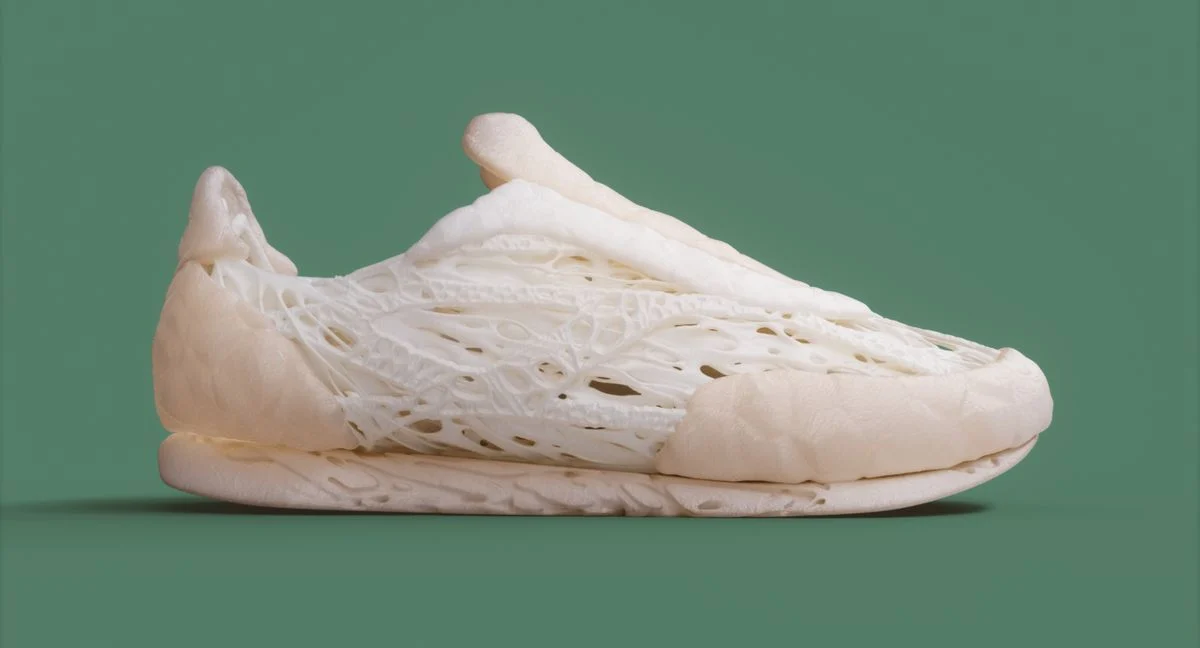Can fungi replace leather for retailers?

As brands search high and low for alternatives that don’t use animal products or plastic, more are turning toward mycelium. In a world where consumers are increasingly concerned about the environment, fashion is being forced to get creative.
Just as fur became a controversial material in the industry, animal leather has been brought into question by consumers for similar reasons: animal cruelty and environmental concerns.Read More : Rawhide traders down in the dumps A consumer survey by the Material Innovation Initiative and North Mountain Consulting Group in March of last year found that 55% of the 519 individuals surveyed preferred leather alternatives. Those who preferred animal leather indicated this was driven by its quality and durability, while those preferring alternatives felt their preference was based on its impact on animals and the environment. Read More : Rawhide traders down in the dumps The interest in finding animal leather alternatives spurred the creation of plastic-based leather (made of either polyvinyl or polyurethane, for example), which is an option that might be less harmful to animals, but ultimately creates more plastic. In the same survey, those who preferred animal leather and those who preferred alternatives were more enthusiastic about buying plant fiber alternatives instead of plastic-based ones.
The global leather goods market is still strong though. Data from Straits Research in August found that the market’s value — which was at $420 billion in 2021 — is expected to reach about $721 billion by 2030.
This puts retailers in a unique position, where brands are looking to find alternatives that can be both better for the environment and animals.
That has welcomed investment into new plant materials that mimic the quality of animal leather, without the need for the same amount of plastic as traditional alternatives. One particular innovation making its rounds is made from mycelium — the underground root-like network that creates the fruiting body we know as mushrooms.
Several retailers have either launched products made of mycelium leather or have started investing in its development, touting the environmental impact it has compared to plastic-based faux leather.
But, is the material as sustainable as some claim?
A purse, but made of fungi
Two companies that have entered the market to create scalable mycelium-based leather over the past few years are Forager by Ecovative and MycoWorks.
While mycelium is naturally found beneath the soil, both these companies are able to grow it indoors within a controlled environment.
Just as fur became a controversial material in the industry, animal leather has been brought into question by consumers for similar reasons: animal cruelty and environmental concerns.
The global leather goods market is still strong though. Data from Straits Research in August found that the market’s value — which was at $420 billion in 2021 — is expected to reach about $721 billion by 2030.
This puts retailers in a unique position, where brands are looking to find alternatives that can be both better for the environment and animals.
That has welcomed investment into new plant materials that mimic the quality of animal leather, without the need for the same amount of plastic as traditional alternatives. One particular innovation making its rounds is made from mycelium — the underground root-like network that creates the fruiting body we know as mushrooms.
Several retailers have either launched products made of mycelium leather or have started investing in its development, touting the environmental impact it has compared to plastic-based faux leather.
But, is the material as sustainable as some claim?
A purse, but made of fungi
Two companies that have entered the market to create scalable mycelium-based leather over the past few years are Forager by Ecovative and MycoWorks.
While mycelium is naturally found beneath the soil, both these companies are able to grow it indoors within a controlled environment.
Source: www.retaildive.com
Useful Links:
